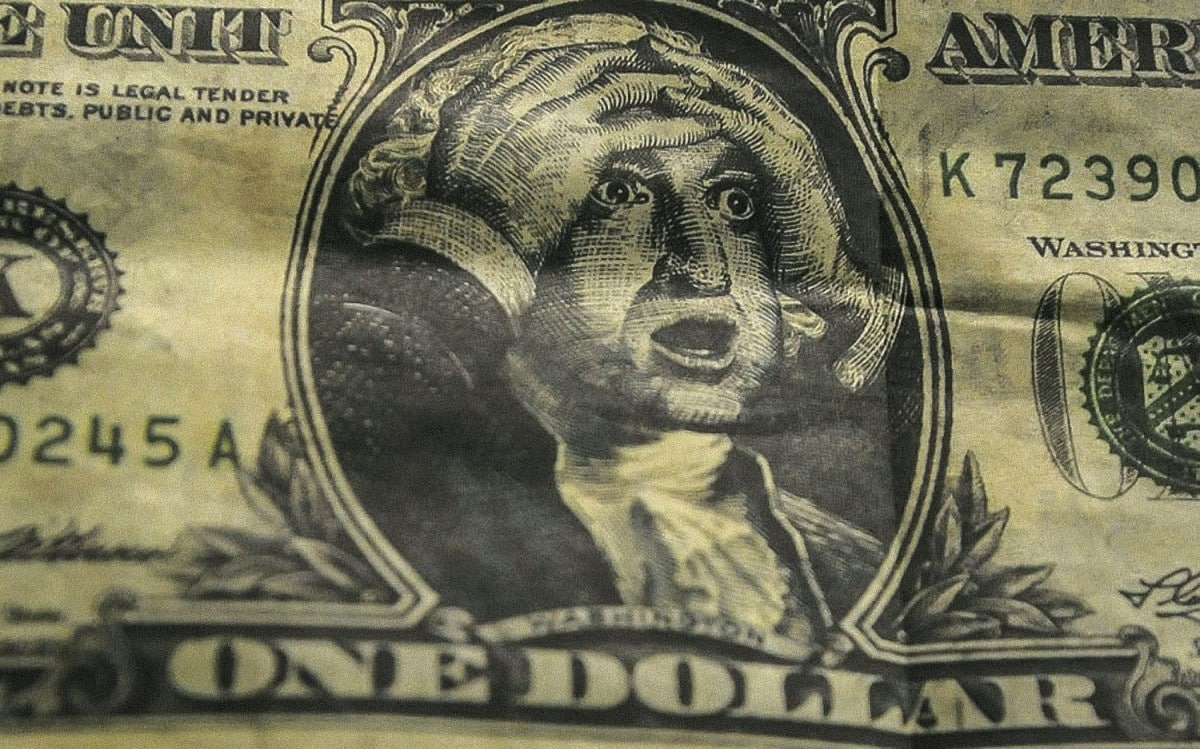
Calls for de-dollarization: A potential paradigm shift
2023-07-10 by
Hugues Marty
Could we be witnessing the early signs of the USD’s reign coming to an end? Leaders of several economically developing countries have been increasingly vocal in their declarations, particularly as the United States grapples with its inflationary challenges. This issue goes beyond mere economic concerns; it holds significant political implications as well. During a recent meeting of the Shanghai Cooperation Organization (SCO), which brings together various Central Asian countries, President Ebrahim Raisi of the Islamic Republic of Iran highlighted the “monetary dominance” of the United States:
The foundation of the Western domination system has been the dominance of the dollar.
The meeting, attended by Russian President Vladimir Putin and Chinese President Xi Jinping, among others, provided an opportunity for Iran to join the organization. President Xi Jinping emphasized the need to rely more on local fiat currencies within the region:
I consider it essential to increase the share of settlements in national currencies.
Vladimir Putin affirmed that the exchanges between the participating countries are increasingly based on currencies other than the dollar:
Over 80% of trade transactions between Russia and the People’s Republic of China are conducted in rubles and yuan. The share of the ruble in export transactions with all SCO member states exceeded 40% in 2022.
It’s worth noting that Iran, China, and Russia are all subject to economic sanctions imposed by the international community, with their access to the dollar restricted by the United States. Hence, de-dollarization is a crucial and global strategy for these countries.
Calls for de-dollarization have also extended beyond Central Asia. The BRICS countries (Brazil, Russia, India, China, and South Africa) have reiterated their intentions to reduce reliance on the dollar in recent months. Latin America is also a fertile ground for de-dollarization. Last week, Brazilian President Luiz Inacio Lula da Silva expressed his hostility towards the dollar, stating:
The Bretton Woods institutions no longer work and no longer meet the aspirations and interests of society. We must be very clear about this.
Furthermore, this week, Bolivian President Luis Alberto Arce Catacora called on the countries of the Southern Common Market (Mercosur) to “de-dollarize”, emphasizing the transition towards a multipolar world that ensures a balance of power and respects the principle of non-interference.
As the push for de-dollarization gains momentum in Asia and Latin America, these regions are counting on the potential fragility of the USD to reshape the global financial landscape. Naturally, the United States is concerned about this possibility, with several commentators highlighting the risks a questioning of the dollar may pose to global economic stability. However, the dollar’s dominance, which has persisted since the end of World War II, continues to diminish.
Economic alliances are strengthening among countries aiming to reduce their dependence on the dollar. This movement carries more weight than ever before, as the combined GDP of the BRICS nations now surpasses that of the G7 countries. A significant and transformative revolution is undoubtedly underway.
In the context of this evolving landscape, cryptocurrencies have emerged as a potential alternative to traditional fiat currencies. The decentralized and borderless nature of cryptocurrencies offers a compelling proposition for countries seeking financial autonomy and reduced reliance on the USD. Some nations have already embraced cryptocurrencies as part of their de-dollarization strategies, leveraging blockchain technology to facilitate cross-border transactions and bypass the need for traditional banking systems tied to the dollar.
Furthermore, central bank digital currencies (CBDCs) have garnered significant attention in recent years. These digital representations of national currencies could provide governments with increased control over their monetary systems while reducing reliance on external currencies like the dollar. CBDCs could also enhance financial inclusion, streamline transactions, and potentially mitigate the risks associated with traditional banking systems.
Cryptocurrencies, with their inherent advantages of speed, transparency, and security, offer an alternative financial infrastructure that aligns with the goals of de-dollarization. As countries explore these possibilities, it is essential to navigate the regulatory and technological challenges to ensure a smooth transition.
While the decline of the USD’s dominance is a gradual process, the persistent calls for de-dollarization from various regions signal a significant shift in the global financial order. The emergence of cryptocurrencies and the exploration of CBDCs further highlight the potential for a future where the USD’s reign is no longer unchallenged. As the world navigates these changes, embracing the opportunities presented by digital currencies could shape a more multipolar and inclusive global economy.